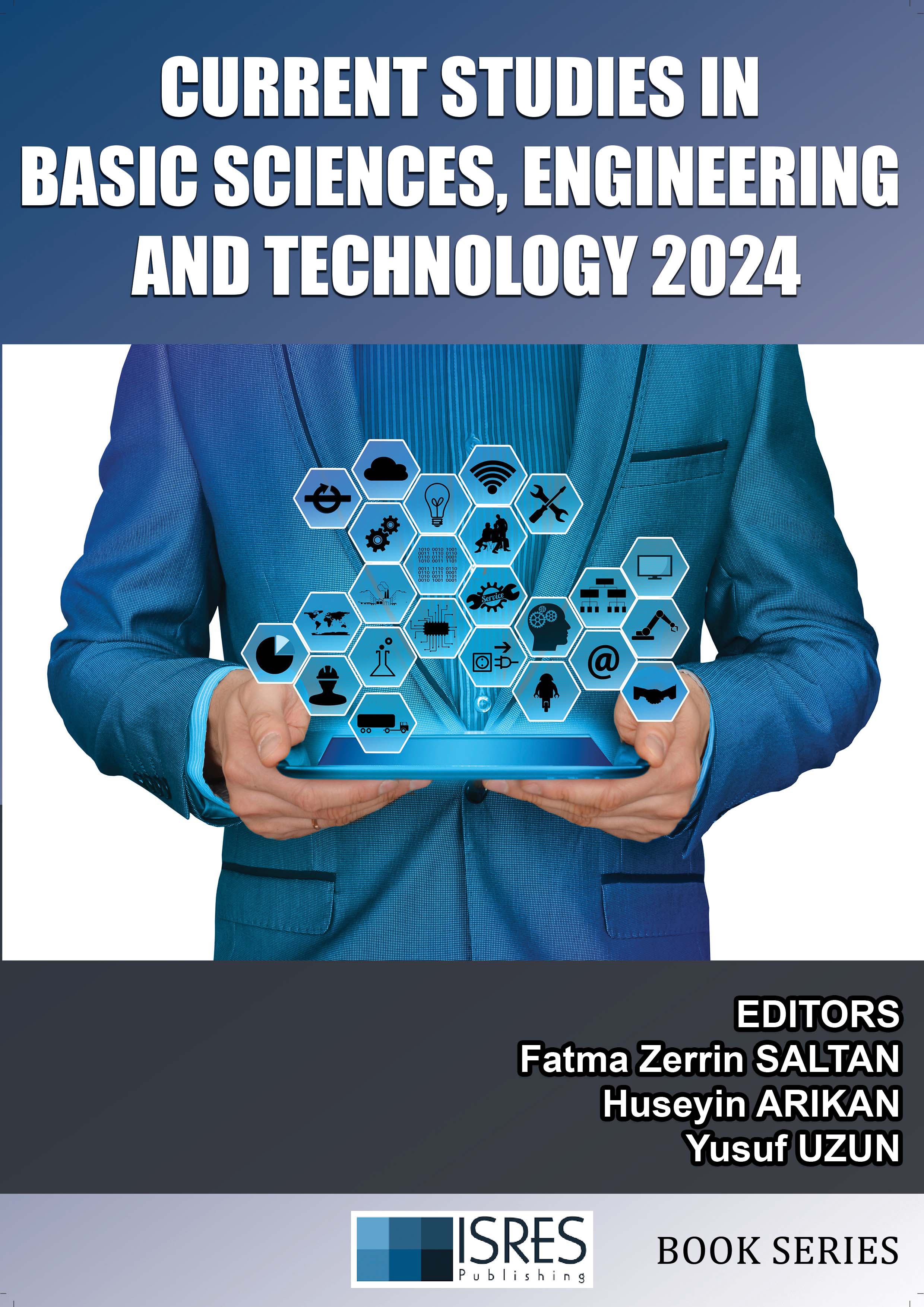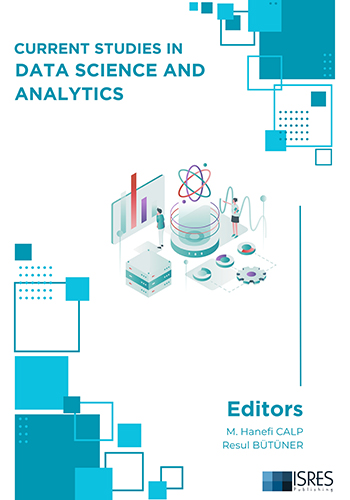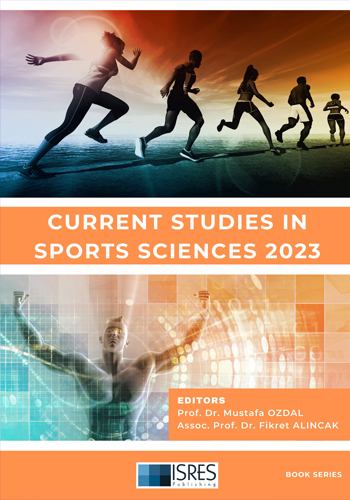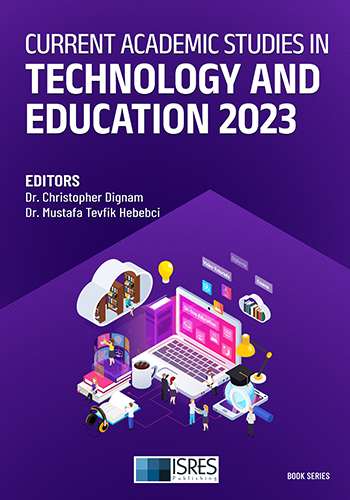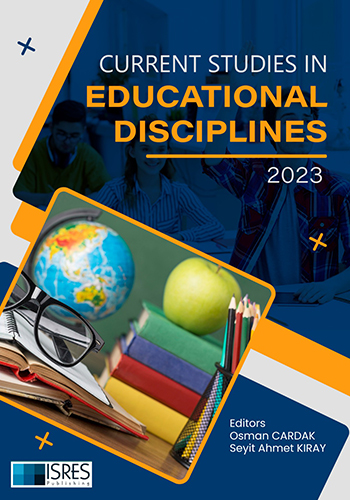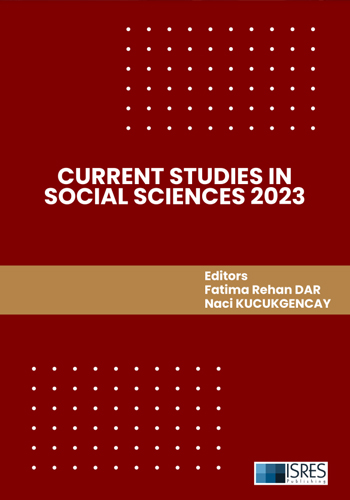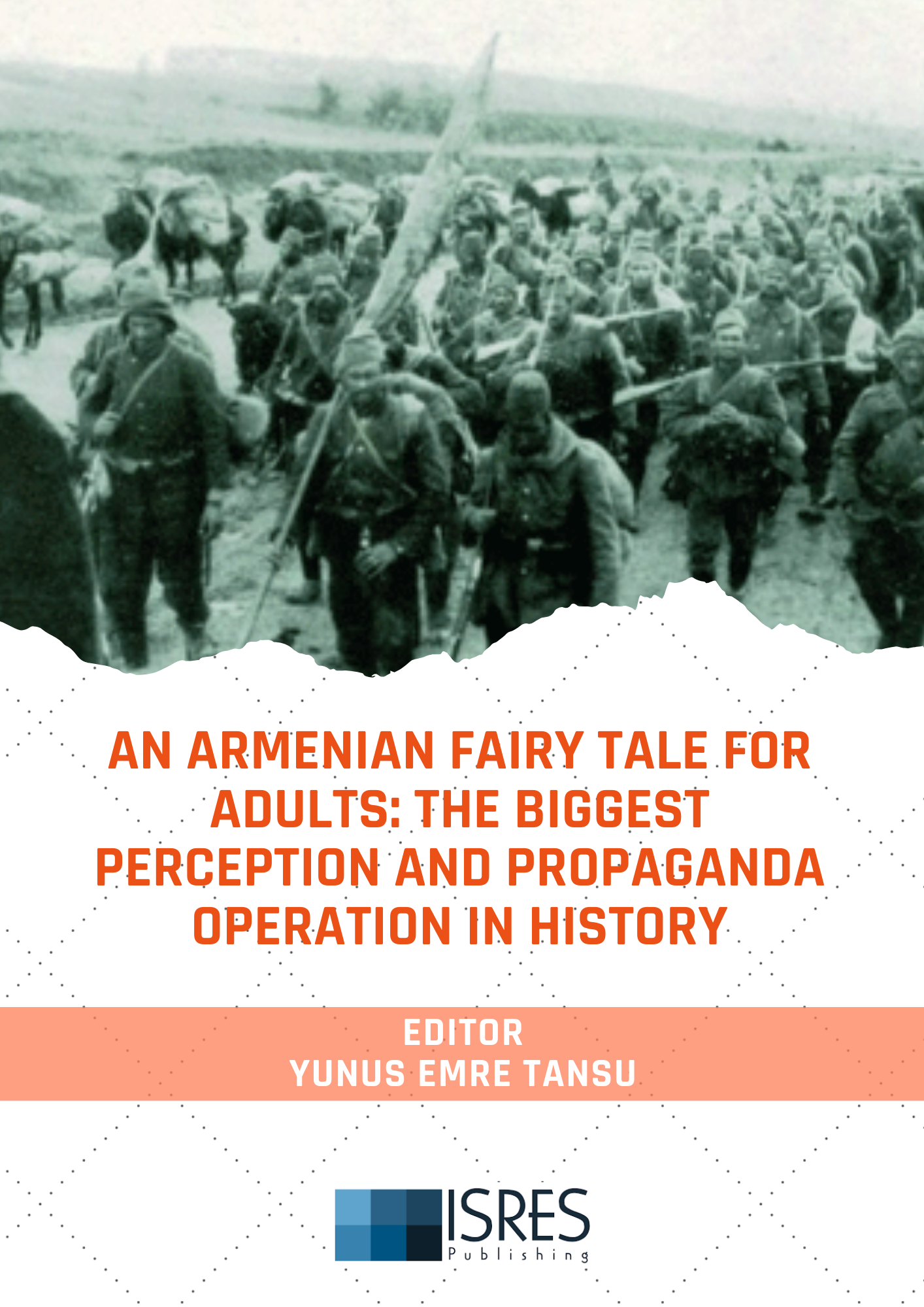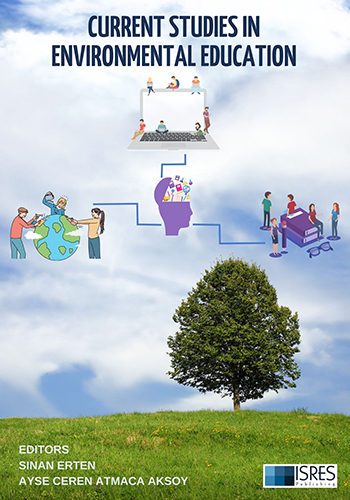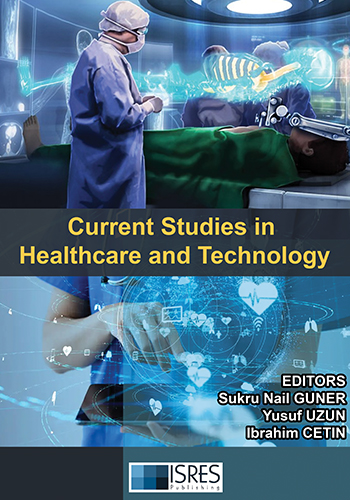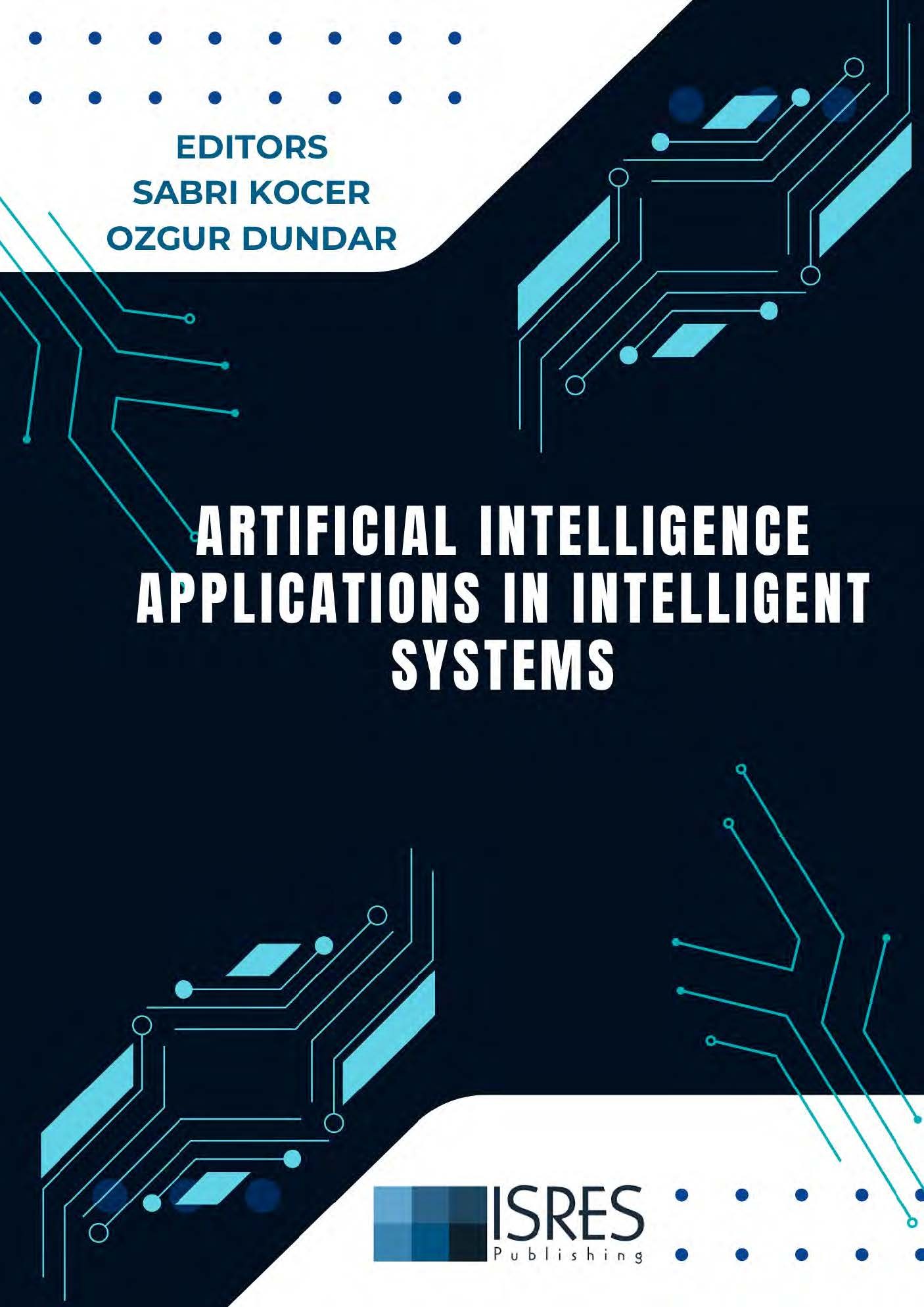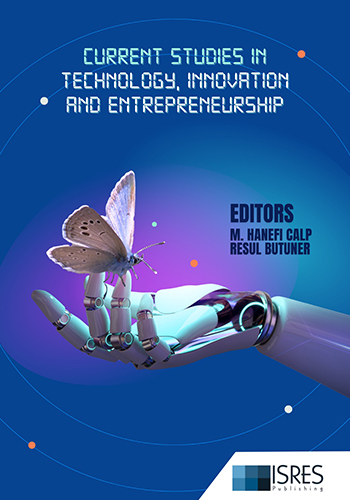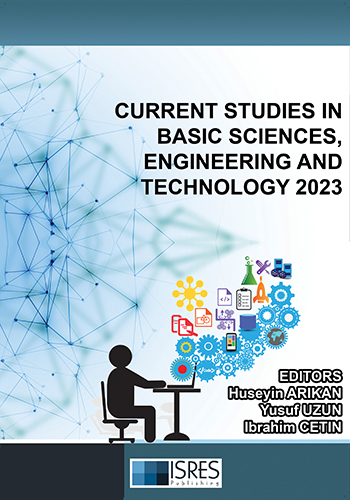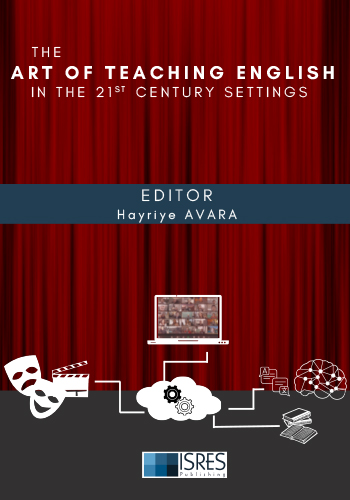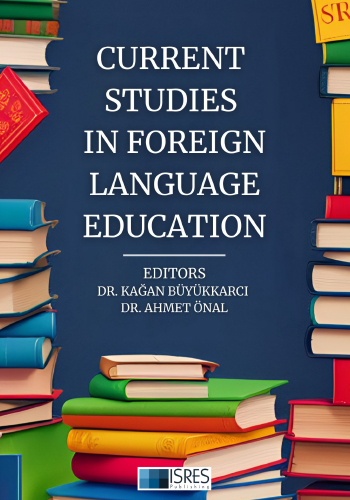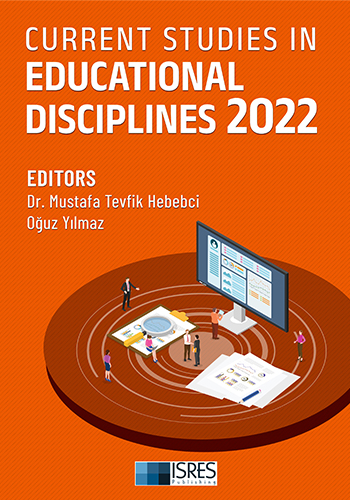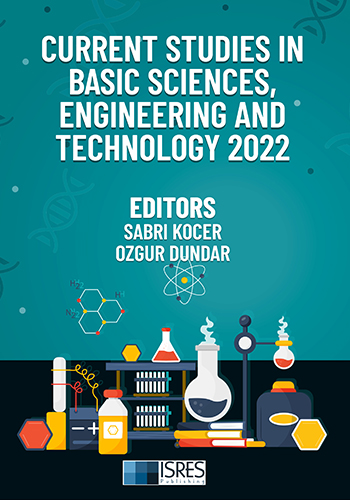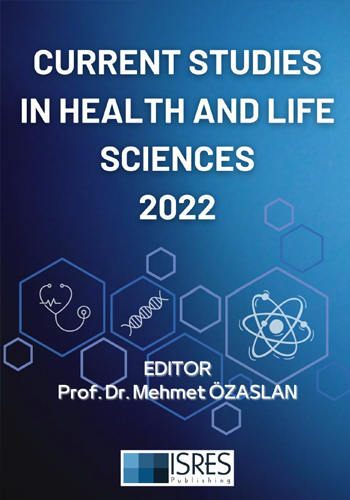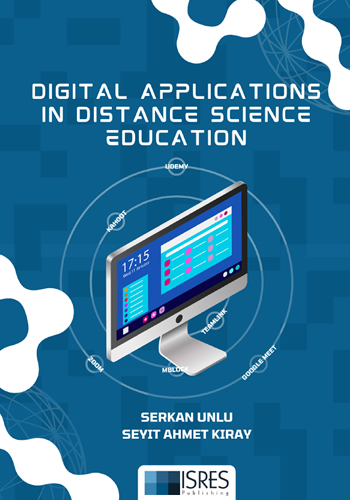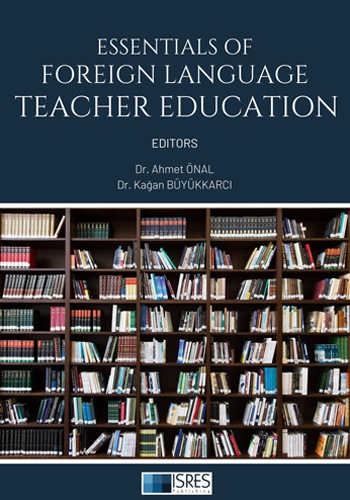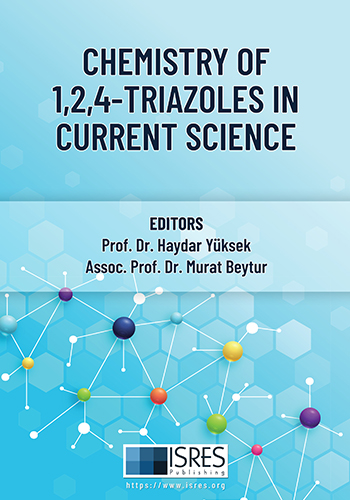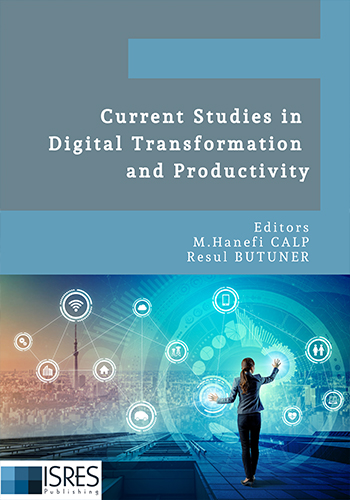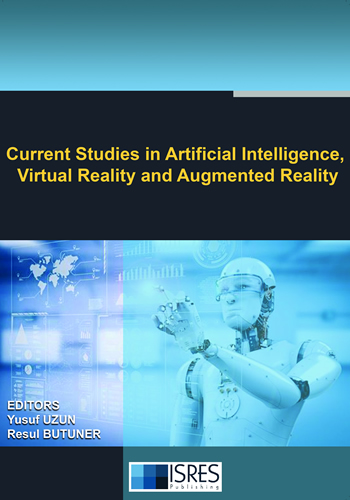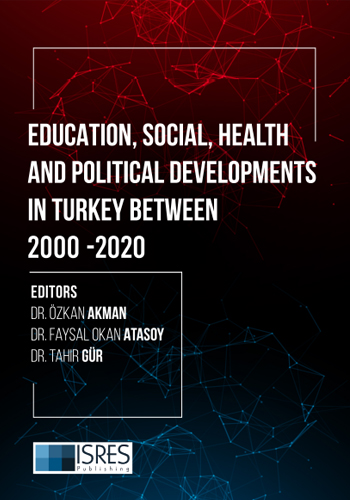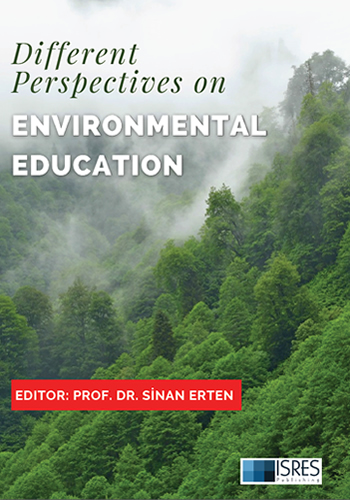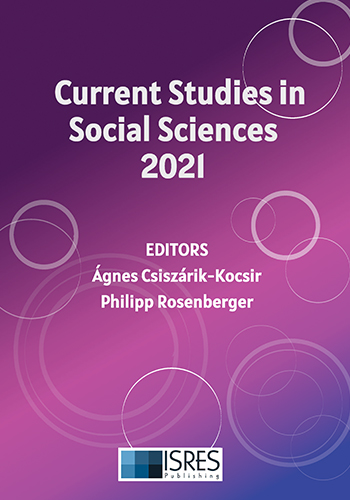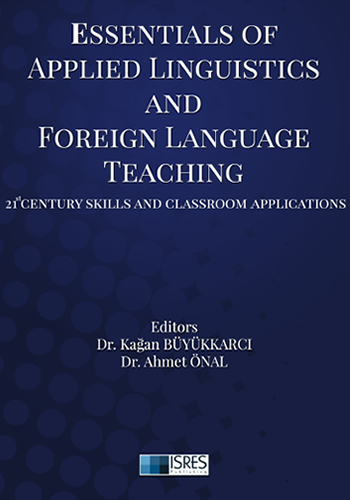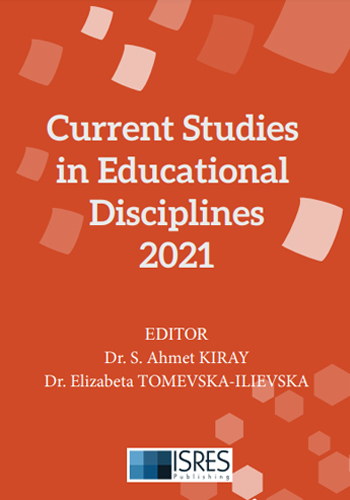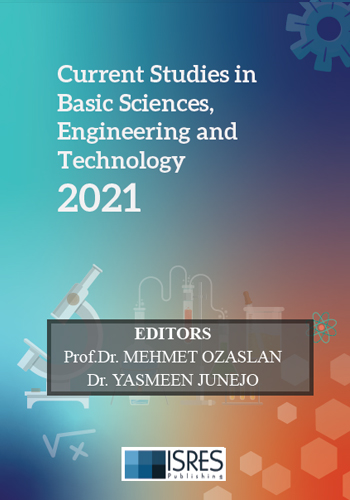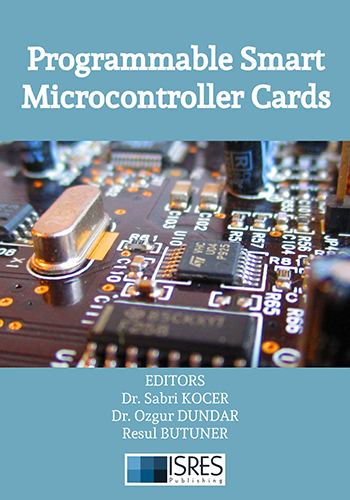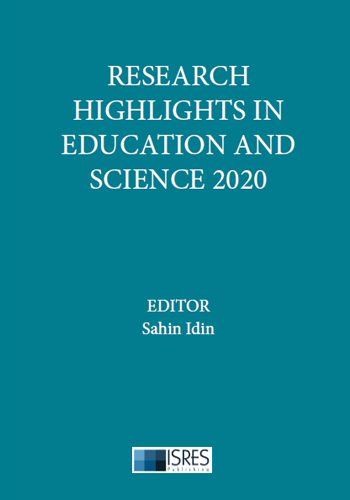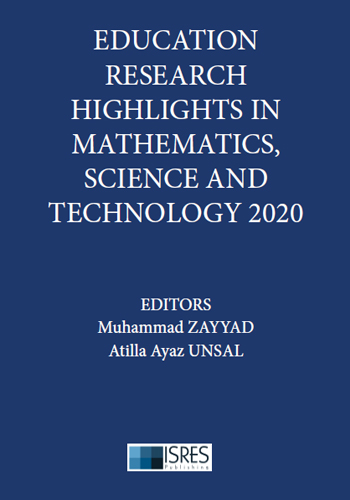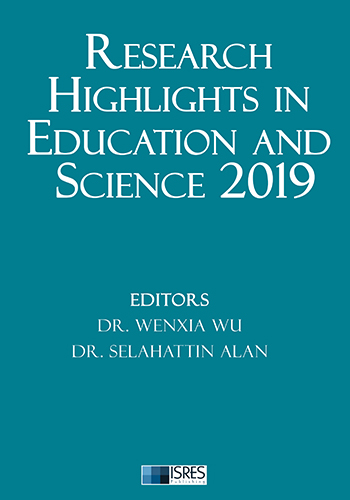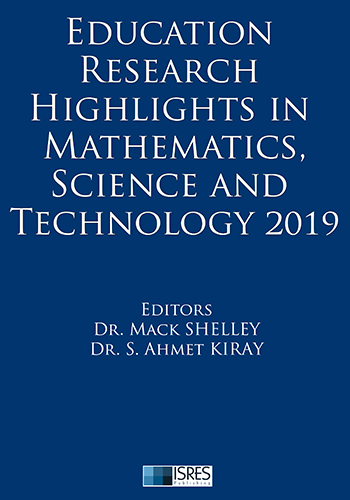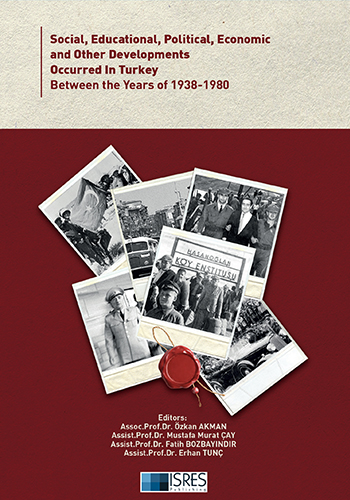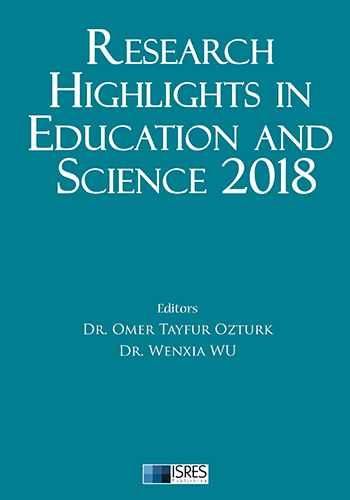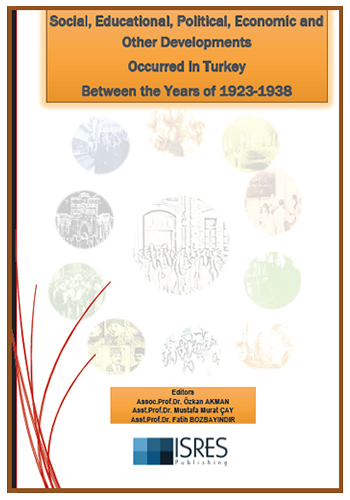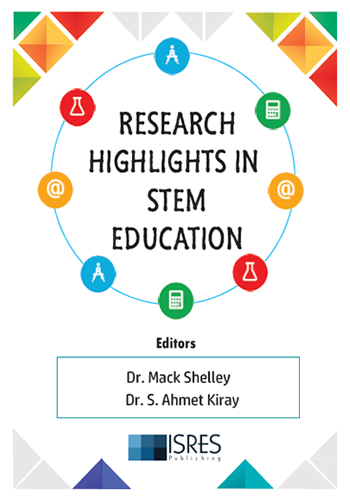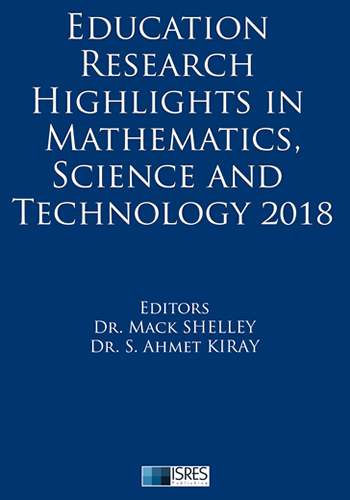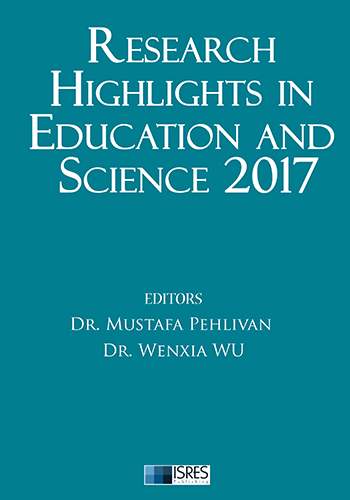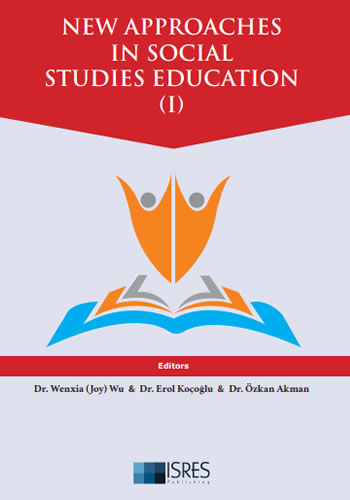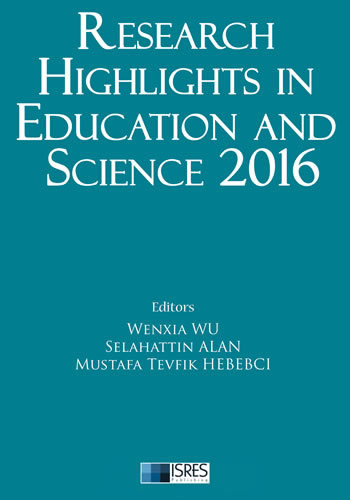Abstract: Three-dimensional structures of heavenly bodies and the fact that people make observations about universe only from their vantage point on Earth make difficult to understand astronomy concepts. Basic astronomy concepts such as shapes, sizes, distances and celestial motion contain spatial thinking ability. The students who lack spatial thinking ability have difficulties to constitute these concepts in their mind. Consequently, the necessity of using different learning environments and materials supported by technology is showed up. Beyond using available instructional materials, creating their own materials not only provides students with accessing to more knowledge through research but also fosters their thinking ability with variables. Concordantly, current study aims to give an artifact implementation example designed three-dimensional hologram mechanism with simple materials oriented teaching basic astronomy topics. Hologram mechanism consists of a truncated-pyramid shaped reflector made of transparent and hard material, a video about astronomy and a screen. The study group consists of volunteer prospective science teachers (N=15) in a Western Anatolian University. The research aim is not only to create permanent artifacts but also support prospective teachers’ thinking and problem solving skills using mental processes. The activity is enabled participants to use engineering and mathematic skills with designing hologram device and technologic tools via video making process. Implementations conducted with by six weekly workshops that each one takes about two hours. Participants created a permanent artifact with activity. Researcher notes and artifact assessment form were used as data collection tools. Prospective teachers’ astronomy interests were supported and their astronomy knowledge increased by the artifacts designed by them. Moreover, they have begun developing spatial thinking abilities with moving and three-dimensional model which assists them to perceive depth phenomenon in universe. They experience artifact design process at firsthand and find solutions to encountered problems. Participants learned how to create a three-dimensional model. Furthermore, the activity provides opportunity to use science, technology, engineering and mathematic related skills.
Bring Cosmos into the Classroom: 3D Hologram
Education Research Highlights in Mathematics, Science and Technology 2016
Editors: Mack Shelley, S. Ahmet Kıray, Ismail Celik
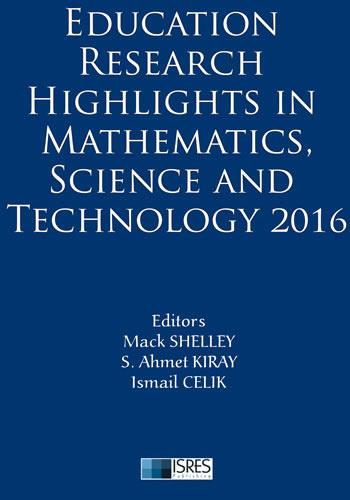
4682
Bring Cosmos into the Classroom: 3D Hologram
Chapter Authors: Hasan Zühtü Okulu, Ayşe Oğuz Ünver
Pages: 81-86
Other Chapters
Development of the Secondary-Biology Concept Inventory (S-BCI): A Study of Content and Construct Validation
Andria Stammen, Deb Lan, Anita Schuchardt, Kathy Malone, Lin Ding, Zakee Sabree, William Boone
More Info Pages: 2-8
Development of Children’s Understanding of the Surface Orientation of Liquids
Marija Bošnjak Stepanović, Milica Pavkov Hrvojević, Dušanka Obadović
More Info Pages: 9-15
Bioethics in Science Education
Gülbin Özkan, Ünsal Umdu Topsakal
More Info Pages: 16-21
Experiencing Inquiry with Kindergarten: Science for Kids
Ayşe Oğuz Ünver, Sertaç Arabacıoğlu, Hasan Zühtü Okulu
More Info Pages: 22-31
Microscope Usage Information: Sample of Science Teacher Candidates
Sibel Demir Kaçan
More Info Pages: 32-38
Interaction of Genotype and Environnment in Expression of Phenotype: Do University Students Integrate Knowledge About Epigenetics
Boujemaa Agorram, Sabah Selmaoui, Moncef Zaki, Salaheddine Khzami
More Info Pages: 39-47
The Use of Edible Science Projects in Teaching Science Concepts
Arif Çömek, Mehtap Yıldırım, Zehra Betül Alp
More Info Pages: 48-57
Vocational Acqusition of STEM Teachers in Cern Workshops
Mustafa Hilmi Çolakoğlu
More Info Pages: 58-65
Electrical Engineering Education
Mehtap Köse Ulukök, Özcan Demirel
More Info Pages: 66-72
Training Science Teachers of Secondary Education with Networking: From Web 2.0 to Edu 2.0
Maria Kalathaki
More Info Pages: 74-80
Bring Cosmos into the Classroom: 3D Hologram
Hasan Zühtü Okulu, Ayşe Oğuz Ünver
More Info Pages: 81-86
Turn Your Phones On: Using Android Devices to Collect Scientific Data
Matt Cochrane
More Info Pages: 87-95
Diffusion of M-Learning: Sakarya University Case
Naciye Güliz Uğur, Tuğba Koç
More Info Pages: 96-104
Perceptual Interfaces from the Perspective of Human-Computer Interaction and Its Use in Education
Esad Esgin, Neşe Gürbulak
More Info Pages: 105-113
Blended Achievement at Transnational Schools as Collaborative Learning Communities-Toward a Systemic Assessment Methodology
Mohamed Ziad Hamdan
More Info Pages: 114-118
Teaching Algorithms By Educational Digital Game Programming
Selahattin Alan, Davut Alan, Şakir Taşdemir
More Info Pages: 119-129
Prospective Elementary Mathematics Teachers’ Contextual, Conceptual, and Procedural Knowledge: Analysis of Selected Items from the Pisa
Utkun Aydin, Meriç Özgeldi
More Info Pages: 131-137
Creating Real Learning Experiences Rather than Teaching Based on the Traditional Transfer of Mathematical Information, at College Level
Elizabeth Mena Avilés, Ana Gema Guevara Aguilar, Roberto Rosas Rangel, Ernesto Save Moreno
More Info Pages: 138-142
Budapest/Hungary Conferences - August 28-31, 2025
We are pleased to invite you to ISRES conferences, which will be held at Obuda University/Budapest/Hungary on August, 28-31, 2025. The following conferences will be held in Budapest/Hungary:...
15.01.2025
Trabzon/Türkiye Conferences - May 01-04, 2025
ISRES Spring Conferences - Trabzon/Turkiye SOCIAL SCIENCES – May 1-4, 2025, Trabzon, Türkiye * 5th International Conference on Social Science Studies - IConSoS2025 ...
11.12.2024
Peja/Kosovo Conferences - July 10-13, 2025
We are pleased to invite you to our conferences, which will be held at University of Peja Haxhi Zeka on July, 10-13, 2025. The following conferences will be held in Peja/Kosovo: - 7th Internat...
28.11.2024





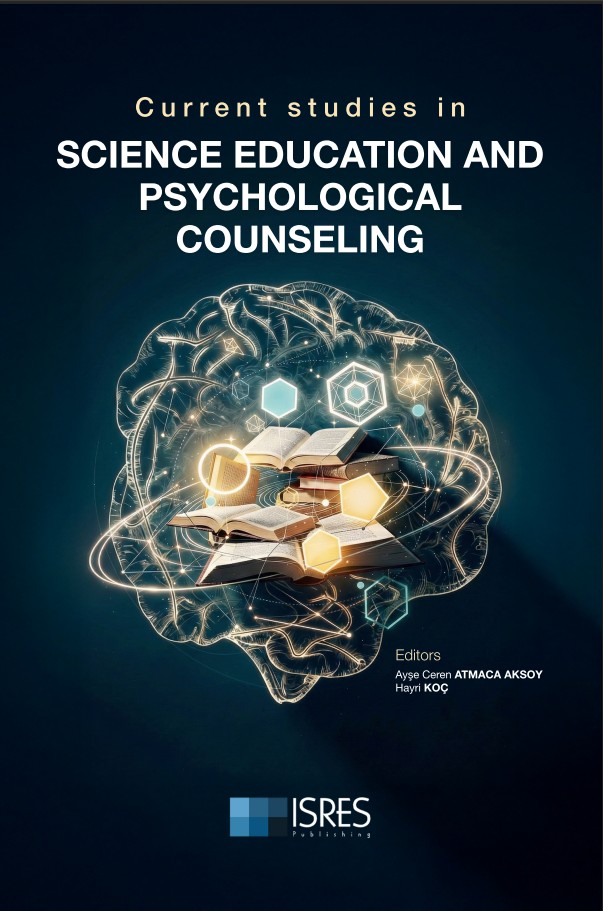
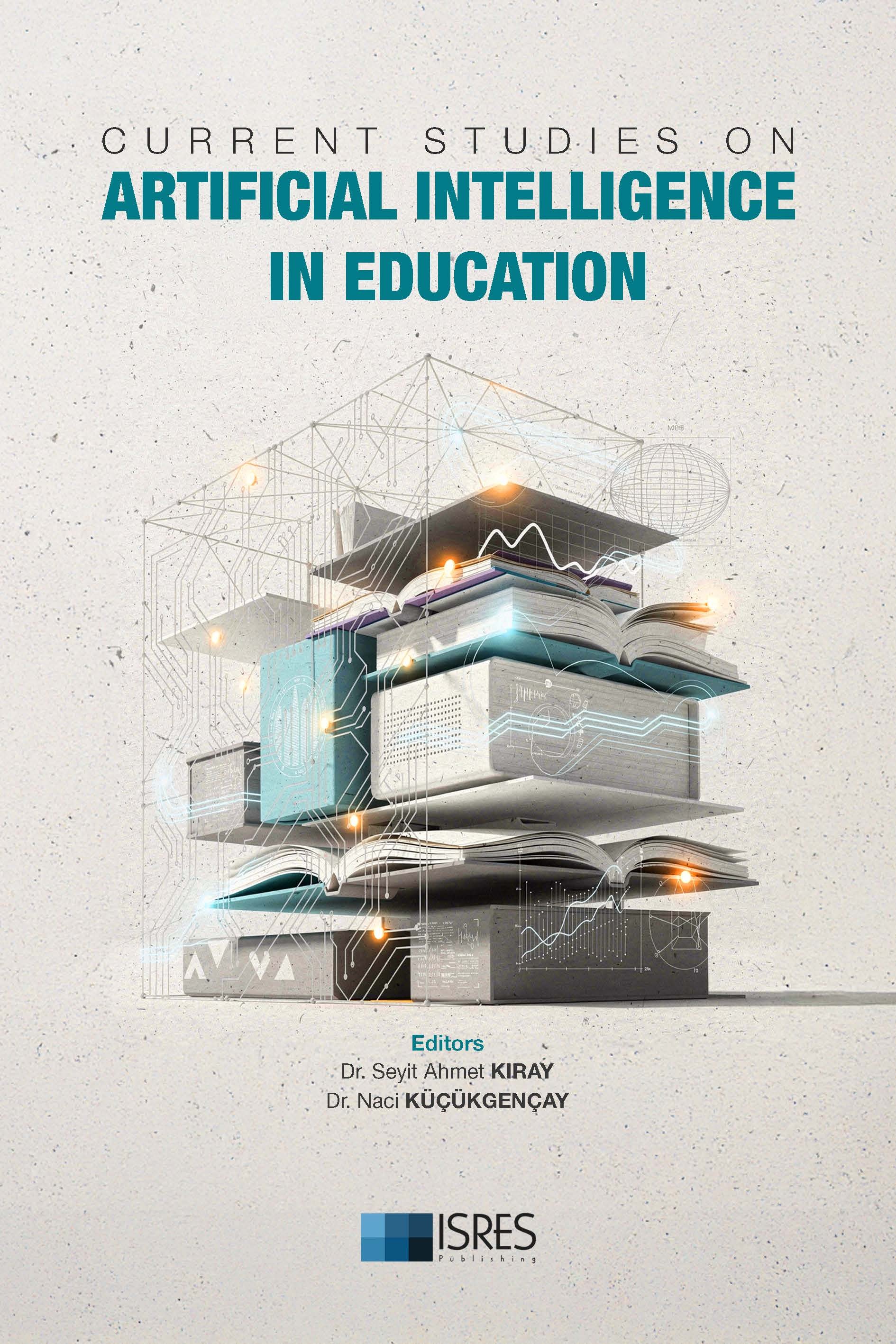
_Sayfa_001_23-12-2025.jpg)



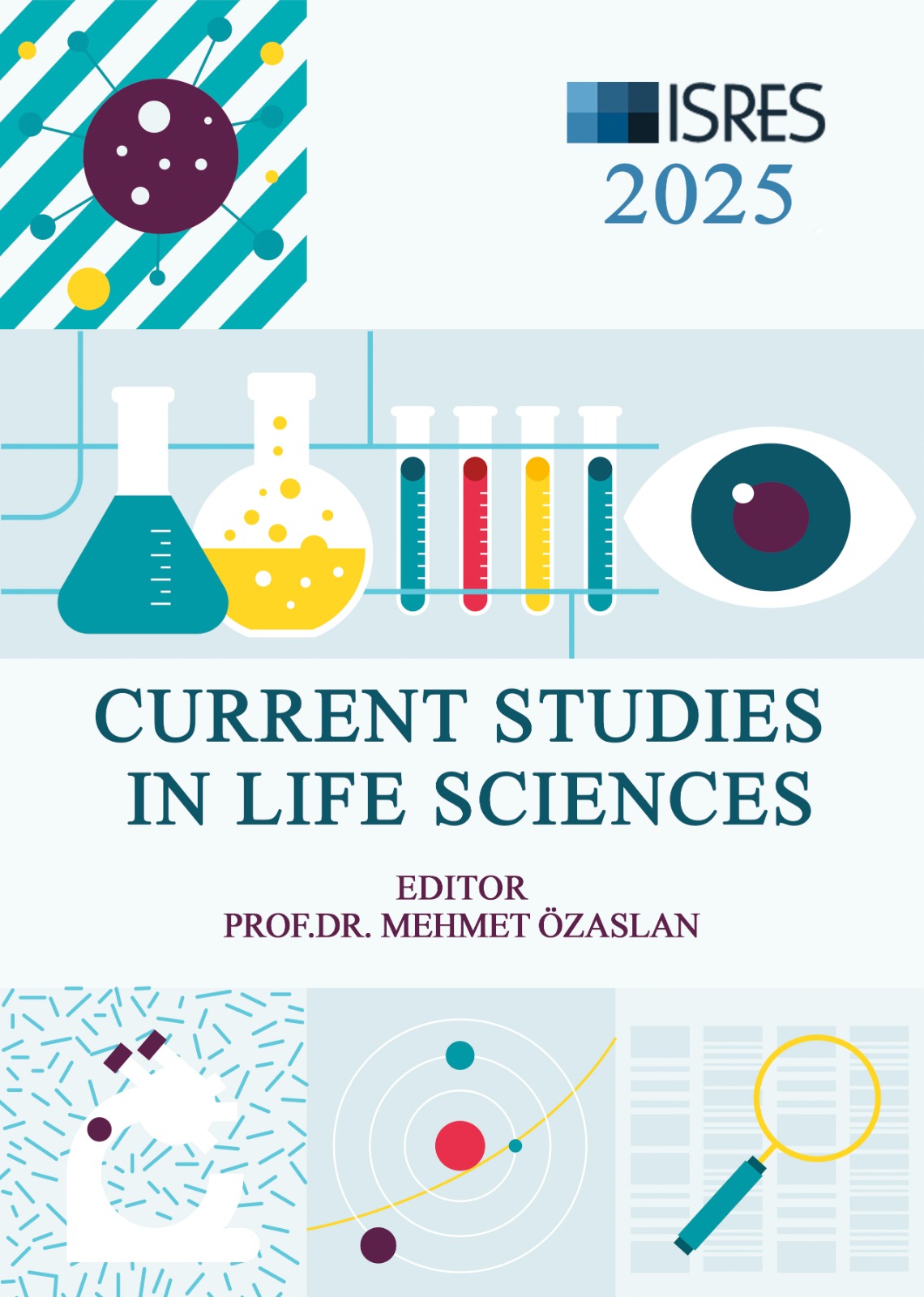
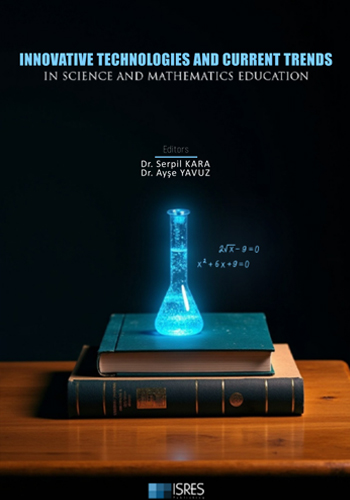

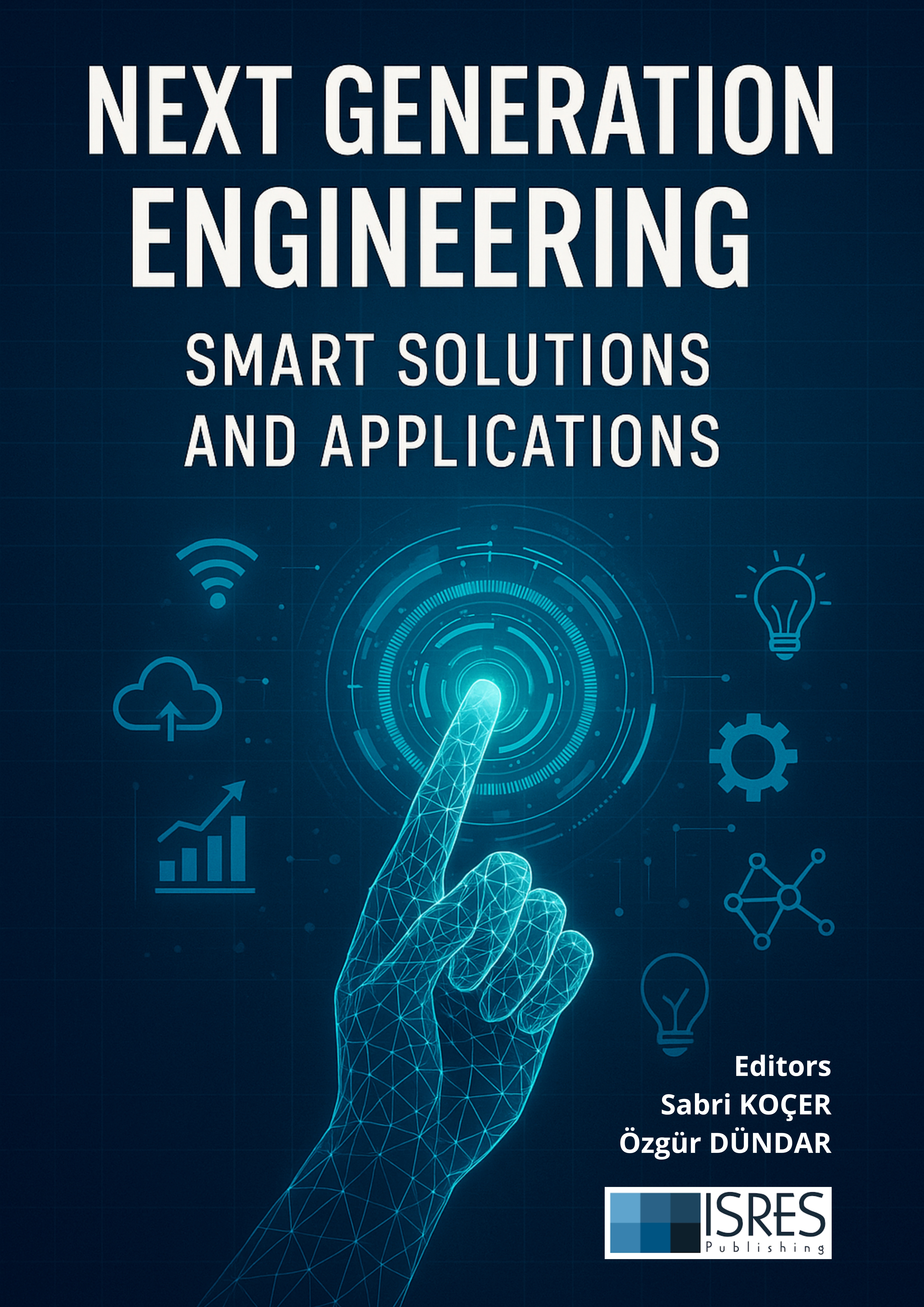
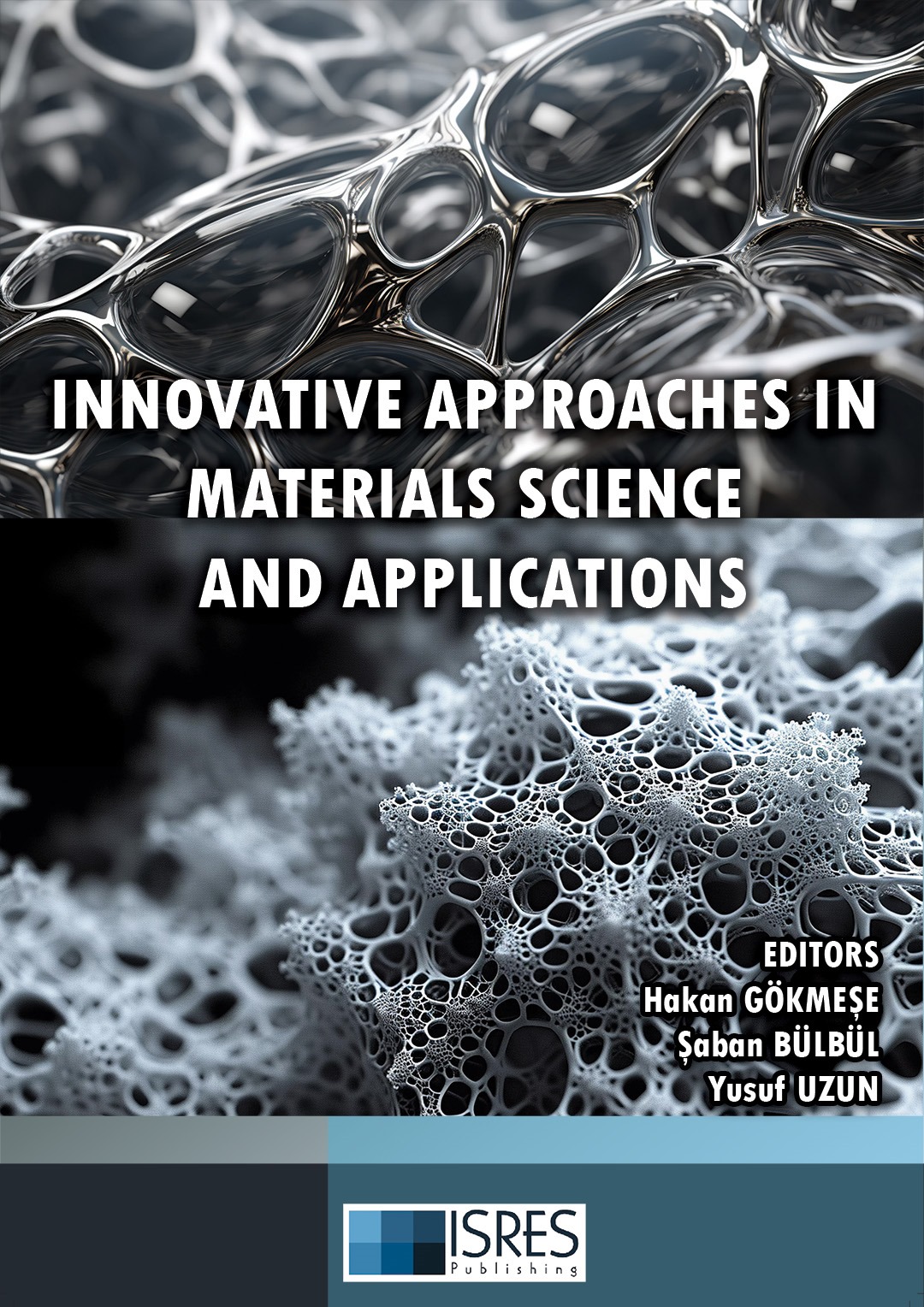
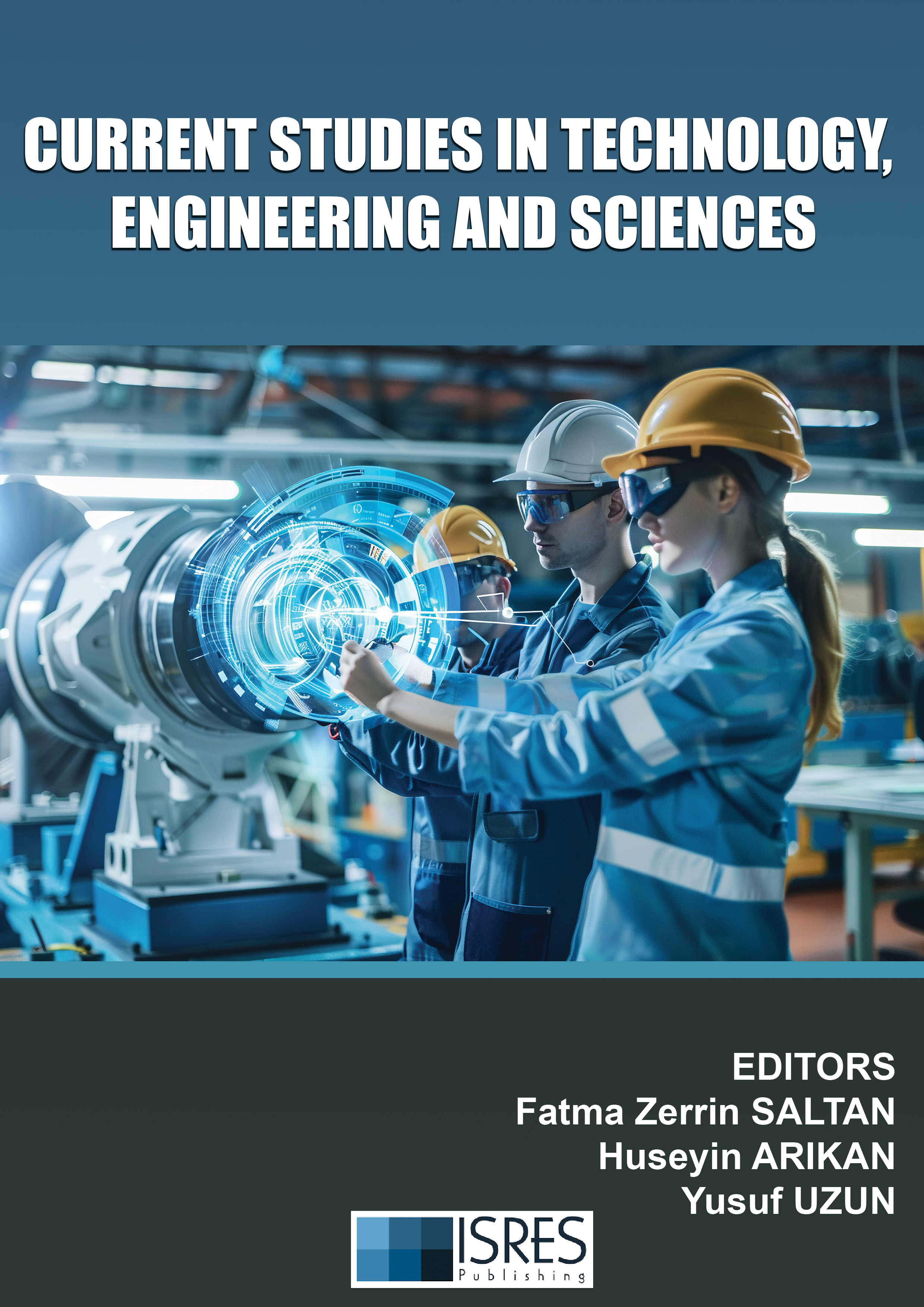

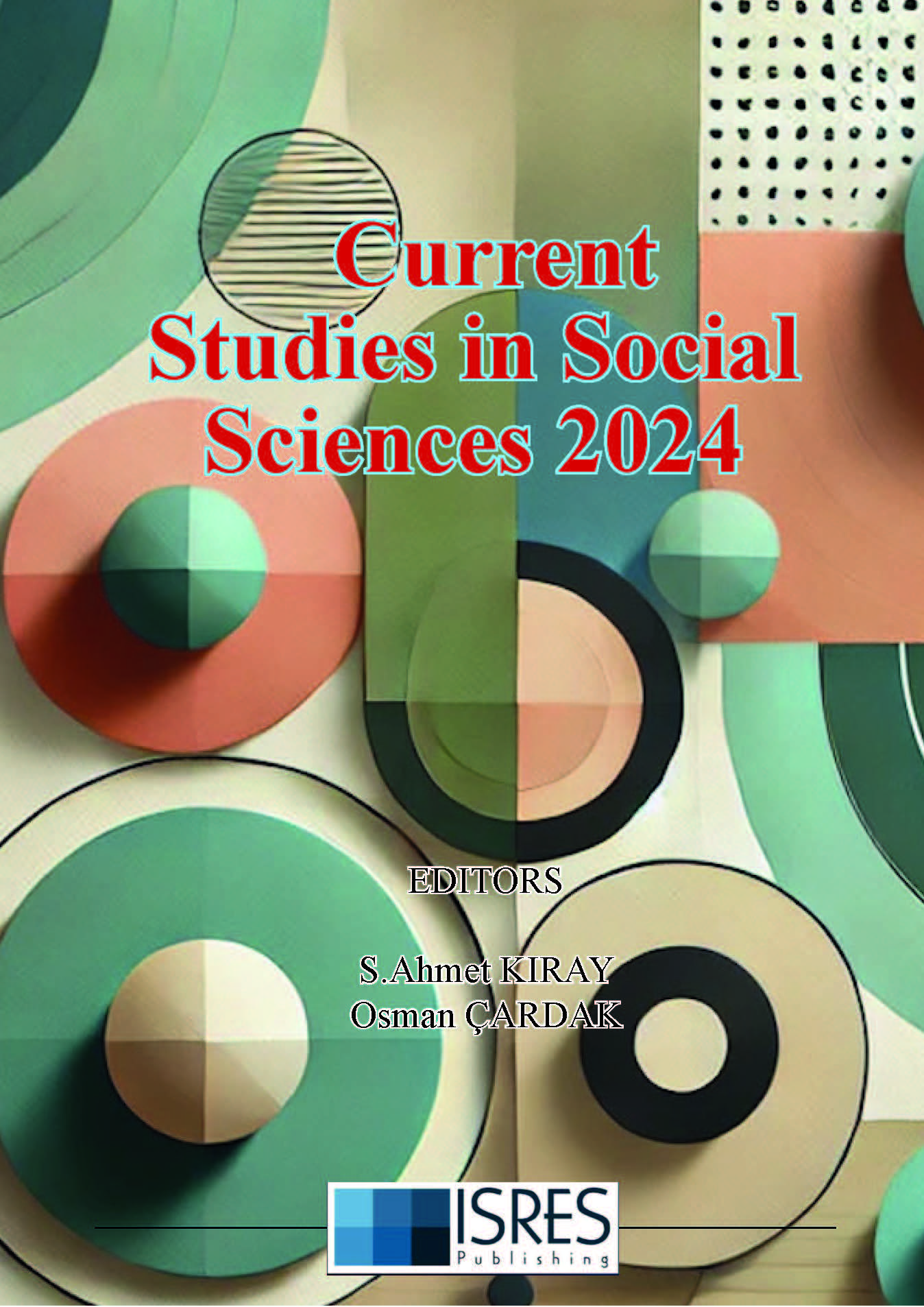
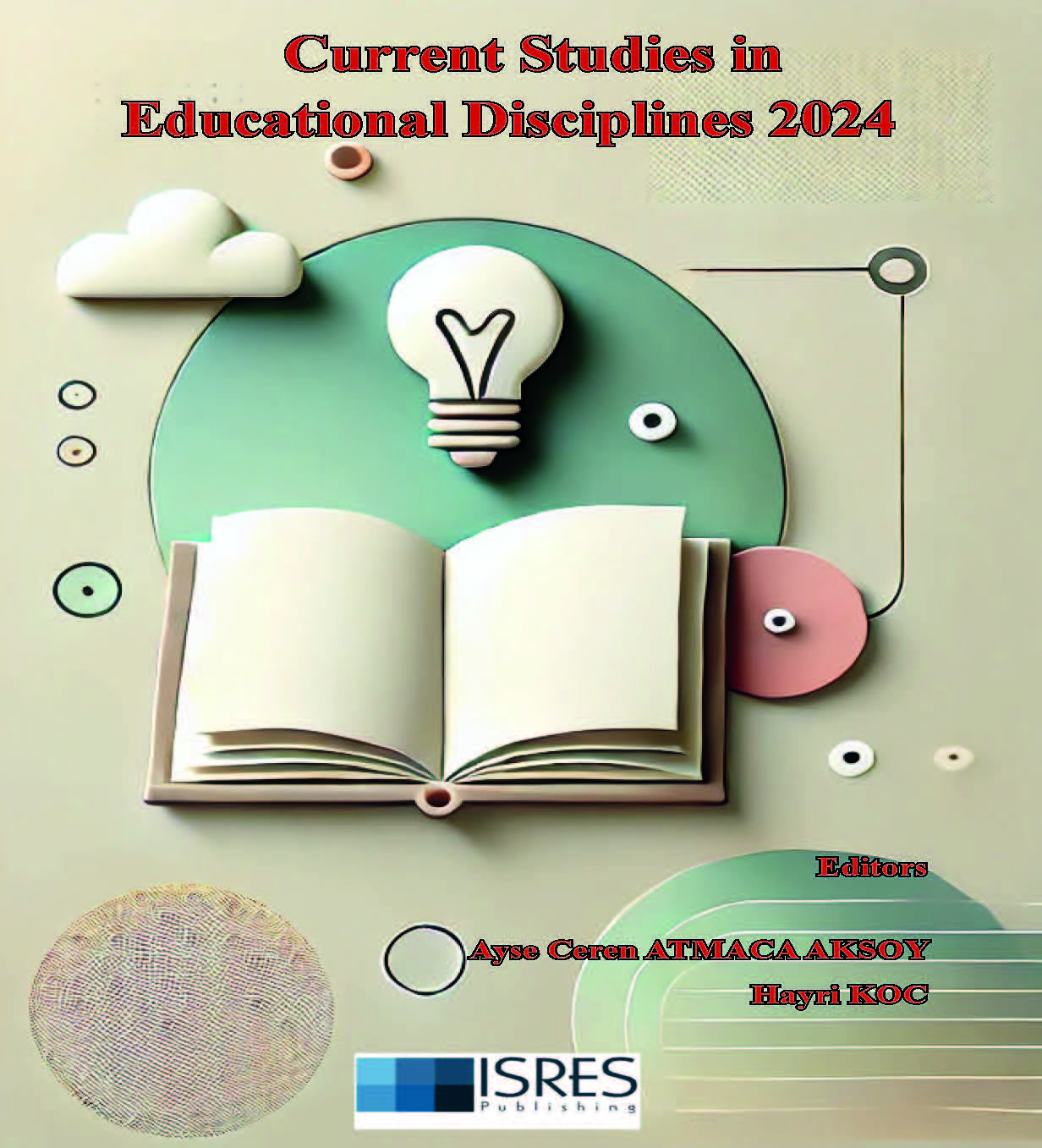
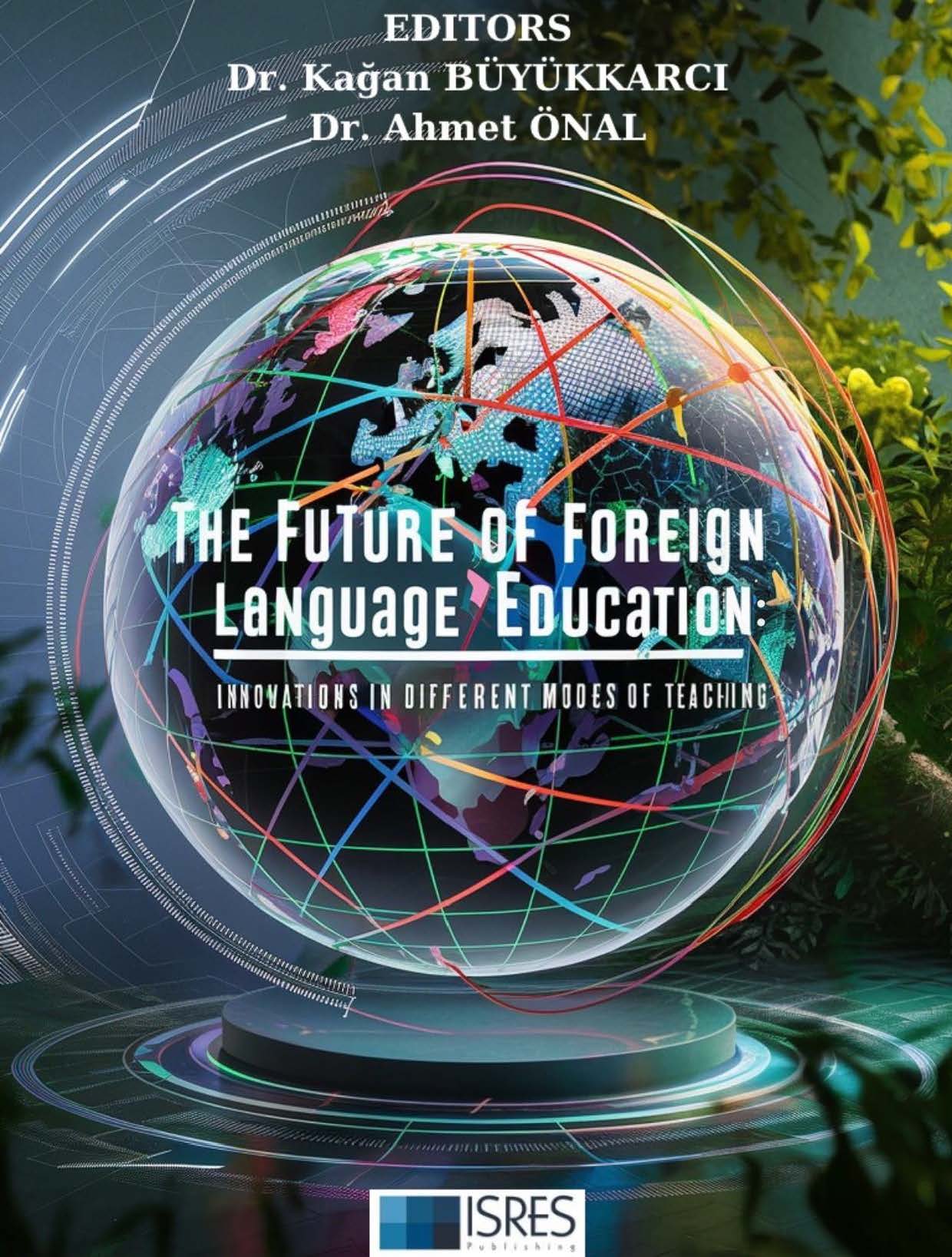
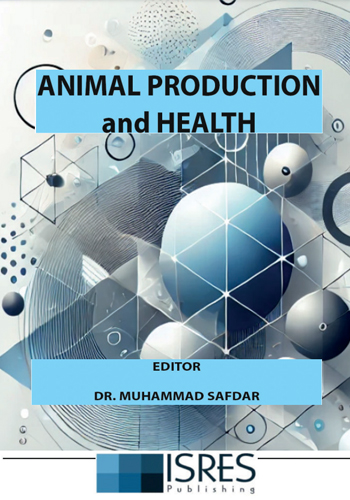

 (1)_16-12-2024.jpg)


_29-12-2024.jpg)
 (1)_01-01-2025_10-03-2025.jpg)
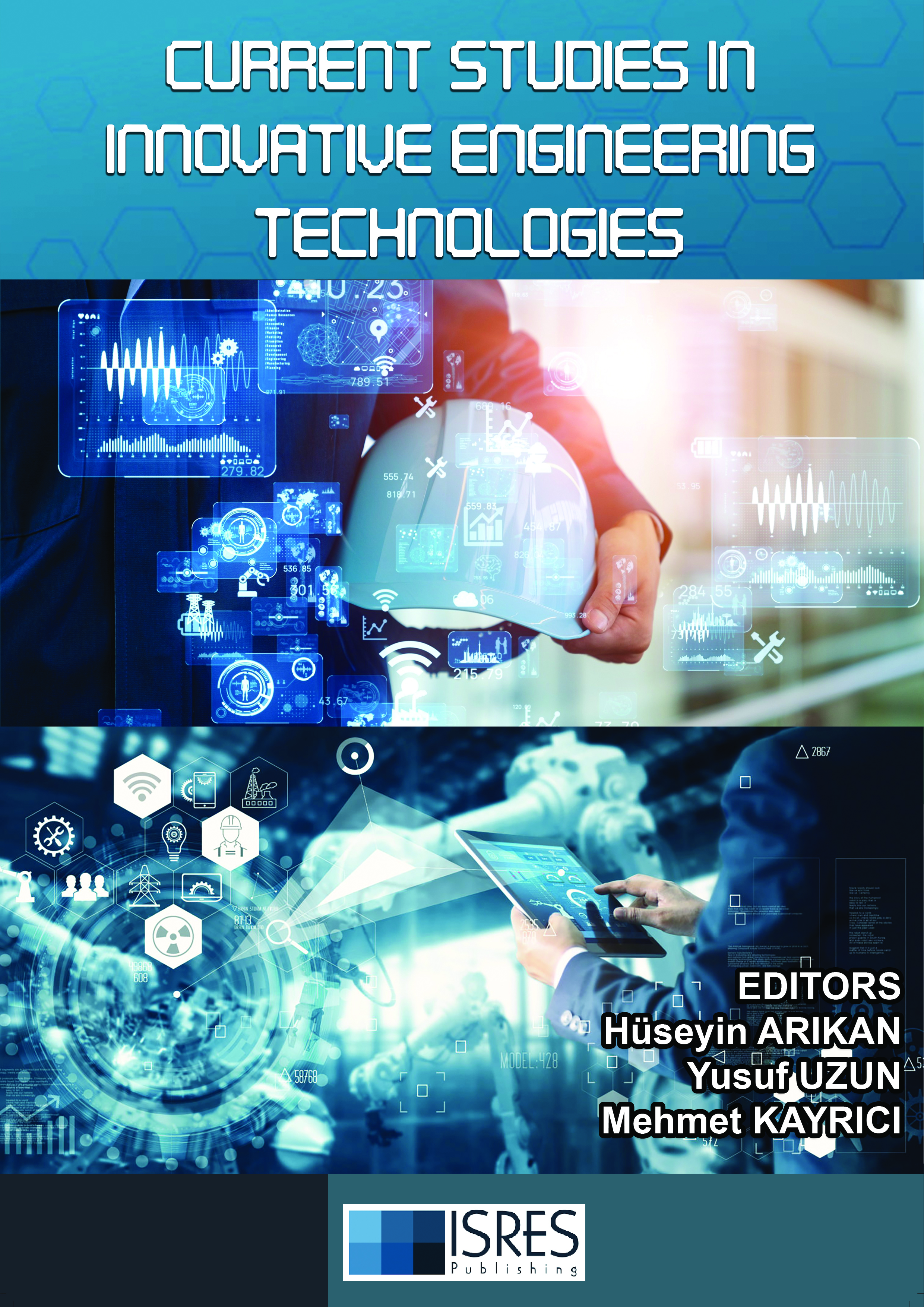
_01-01-2025.jpg)
